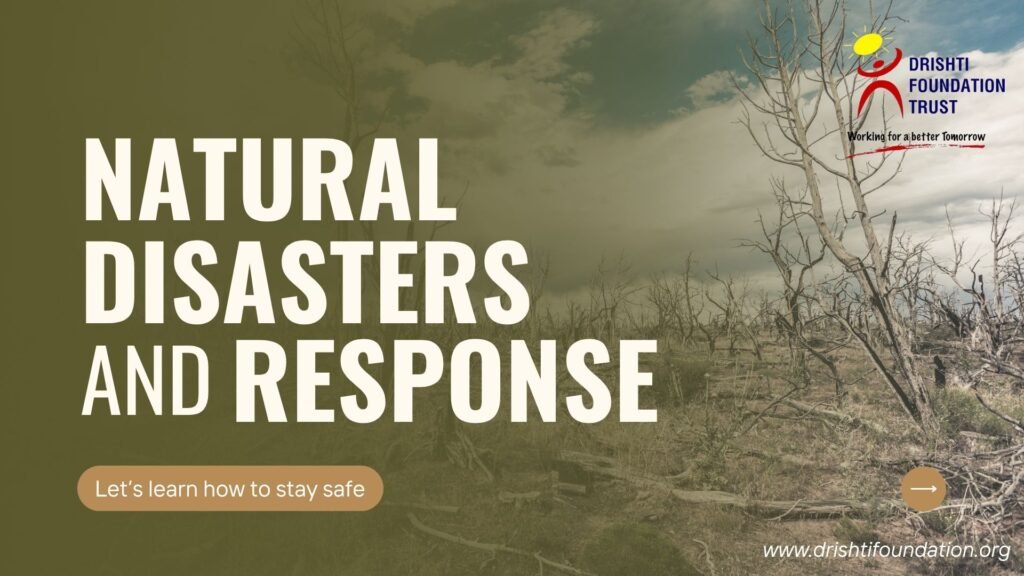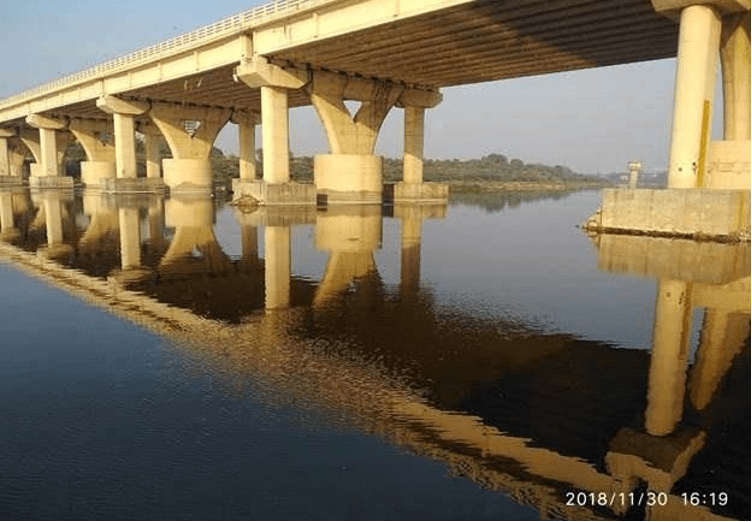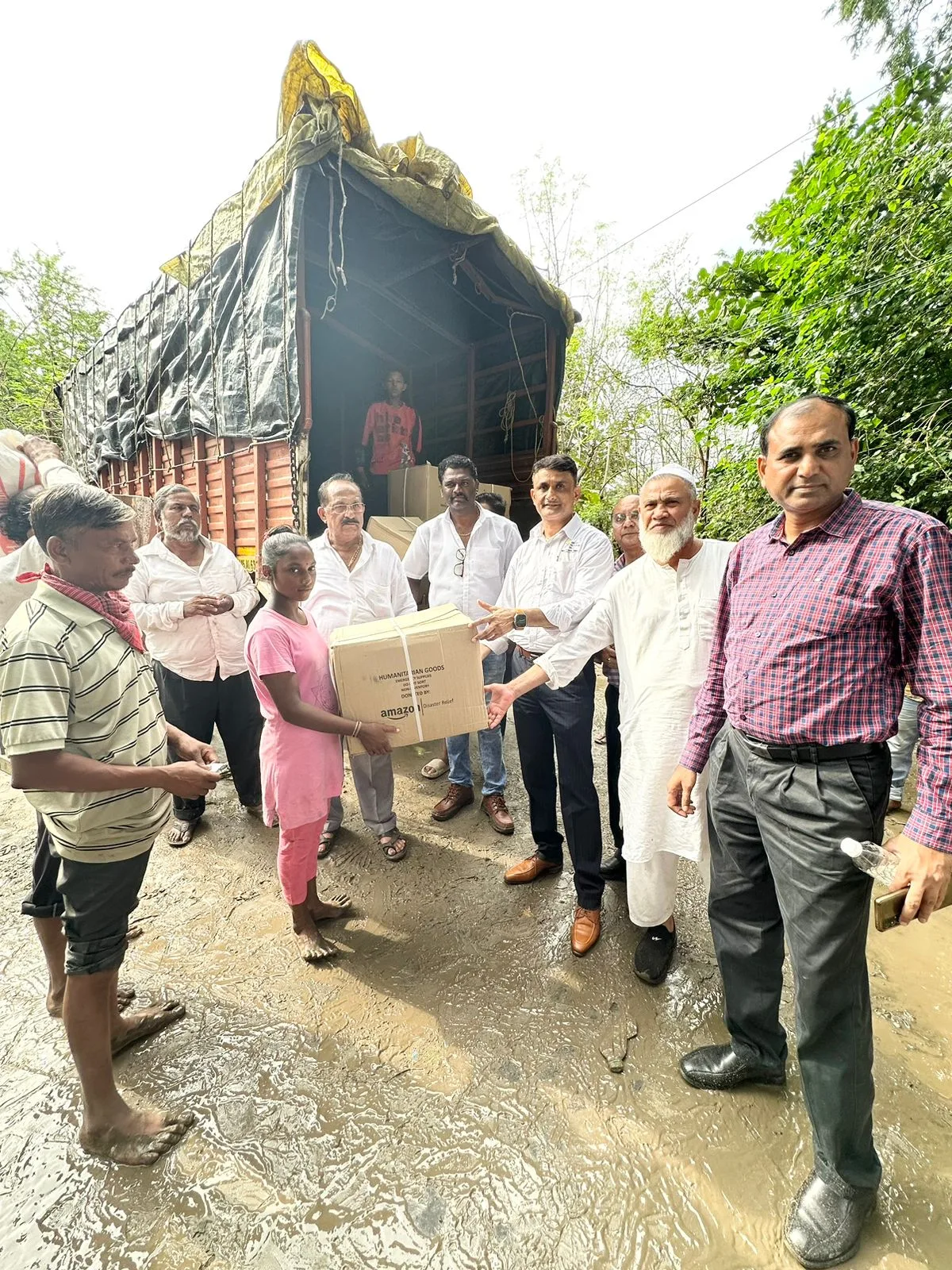Building Resilient Communities: Understanding and Responding to Natural Disasters

Natural disasters are among the most powerful challenges faced by humanity. Earthquakes, floods, cyclones, tsunamis, and other natural hazards strike without warning, leaving behind destruction, displacement, and despair. These sudden events not only cause loss of human lives but also impact ecosystems, disrupt education, weaken health systems, and erode livelihoods. At Drishti Foundation Trust, a more than decade-old non-profit philanthropy organization with Special Consultative Status from ECOSOC of the United Nations since 2017 and accreditation from UNEP, we believe that building resilience through awareness, preparedness, and sustainable action is the key to reducing the devastating impacts of disasters.
What Are Natural Disasters?
Natural disasters are extreme events caused by the forces of nature that can harm people, destroy property, and disturb everyday life. From massive floods and cyclones to earthquakes and volcanic eruptions, these disasters remind us of the fragile balance between humans and nature. With rapid urbanization, climate change, and deforestation, the scale and frequency of disasters are increasing, making communities more vulnerable.
For example, deforestation often raises the risk of floods, while rising global temperatures make storms stronger and more unpredictable. Similarly, poorly planned cities without resilient infrastructure suffer the worst damages during earthquakes or floods.
Types of Natural Disasters and Their Causes
The most common natural disasters in India and across the world include:
- Earthquakes – Sudden shaking caused by tectonic shifts.
- Floods – Overflowing rivers, heavy rainfall, or dam failures.
- Tsunamis – Giant waves triggered by undersea earthquakes.
- Volcanic Eruptions – Lava and ash spewed from volcanoes.
- Hurricanes/Cyclones – Powerful storms fueled by warm ocean waters.
While some disasters are purely natural, many are aggravated by human actions. Excessive tree removal weakens soil, leading to landslides and flooding. Urban heat islands intensify climate risks, and poor construction practices make buildings unsafe during earthquakes. Climate change further multiplies these risks, making disasters more frequent and severe.
Impacts of Natural Disasters on People and Environment
The effects of disasters are felt both immediately and long-term:
- Human Suffering: People lose homes, livelihoods, and sometimes loved ones. Communities are forced into shelters, and rebuilding life becomes a painful journey.
- Infrastructure Damage: Roads, schools, hospitals, and water systems are often destroyed, delaying recovery.
- Environmental Loss: Disasters damage forests, pollute rivers, and harm biodiversity. Floods wash away fertile soil, while cyclones destroy coastal ecosystems.
- Economic Impact: Jobs are lost, businesses collapse, and local economies take years to recover.
For vulnerable populations women, children, the elderly, and people with disabilities the impacts are even more severe.
Disaster Preparedness: The First Line of Defence
Preparedness saves lives. Communities that invest in awareness, early warning systems, and readiness measures are far better equipped to face disasters.
Key steps in preparedness include:
- Emergency Kits: Stocking food, water, medicines, and flashlights.
- Evacuation Plans: Knowing safe routes and shelters before a disaster strikes.
- Community Training: Educating families and children about how to act during emergencies.
- Infrastructure Planning: Building disaster-resilient schools, hospitals, and housing.
At Drishti Foundation Trust, we conduct awareness campaigns, training programs, and grassroots interventions to ensure communities are ready to face emergencies.
Emergency Response: Saving Lives in Critical Hours
When disasters strike, timely response is crucial. Rescue operations, medical care, and relief distribution can make the difference between life and death.
Emergency response actions include:
- Rescue Operations: Deploying teams to save lives in collapsed buildings or flooded areas.
- Medical Support: Providing urgent care to the injured and preventing disease outbreaks.
- Food and Shelter: Supplying safe drinking water, meals, and temporary housing.
- Government and NGO Collaboration: Coordinated efforts between authorities and organizations ensure fast delivery of aid.
Drishti Foundation Trust has been actively involved in disaster relief efforts across India. From providing food and water during floods to supporting medical needs in earthquake-hit areas, we work alongside local communities to ensure immediate relief.
Recovery and Rebuilding: Beyond Relief
Recovery is not just about fixing broken houses it is about restoring dignity, livelihoods, and hope.
- Restoring Services: Power, water, and transportation systems are essential for returning to normalcy.
- Rebuilding Homes: Disaster-resilient housing helps families live safely again.
- Community Rehabilitation: Psychosocial support, skills training, and livelihood restoration are equally important.
At Drishti Foundation Trust, we focus on long-term recovery helping families regain stability, promoting green rebuilding methods, and ensuring that communities emerge stronger after disasters.
Linking Disaster Response with Environment Protection
One of the unique strengths of Drishti Foundation Trust is connecting environmental sustainability with disaster management. By working on river rejuvenation, ocean cleaning, water conservation, pond restoration, tree plantation, and biodiversity protection, we address the root causes that often worsen natural disasters.
For example:
- Tree plantations reduce soil erosion and flooding.
- River cleaning improves water flow and reduces contamination during floods.
- Protecting biodiversity ensures that ecosystems remain resilient to climate impacts.
This integrated approach not only helps communities recover but also builds resilience against future disasters.
How Communities Can Contribute
Disaster management is not just the job of governments or NGOs it requires collective effort. Communities can play a major role by:
- Learning about local disaster plans and evacuation routes.
- Volunteering in awareness drives and training programs.
- Supporting relief operations by donating food, clothes, or funds.
- Spreading knowledge about disaster safety and environmental conservation.
When individuals come together, they create a culture of preparedness and resilience that saves countless lives.
How You Can Support Drishti Foundation Trust
Over the past decade, Drishti Foundation Trust has worked tirelessly across India to promote health, education, environment protection, and disaster management. Our projects range from river rejuvenation and water conservation to school development, healthcare camps, and wildlife protection.
But to continue this mission, we need your support.
Your contribution helps us:
- Provide immediate relief during floods, earthquakes, and cyclones.
- Train communities in disaster preparedness and resilience.
- Plant and maintain trees that protect against climate change.
- Rejuvenate rivers and ponds, ensuring sustainable water resources.
- Support education and healthcare initiatives for vulnerable communities.
Together, we can build safer, stronger, and more resilient communities for generations to come.
Conclusion
Natural disasters cannot always be prevented, but their impacts can be reduced through awareness, preparedness, and collective action. At Drishti Foundation Trust, we are committed to turning challenges into opportunities by empowering communities, protecting the environment, and building resilience.
Every small action matters whether it is planting a tree, preparing an emergency kit, or supporting disaster relief operations. With your support, we can expand our reach, strengthen our initiatives, and ensure that no community is left behind in times of crisis.
“Reach out to explore collaborations, discover our initiatives, and contribute to creating meaningful, lasting change.”
Facebook: https://www.facebook.com/DrishtiFoundationTrust/
Instagram : https://www.instagram.com/drishtifoundation
Youtube : https://www.youtube.com/drishtifoundationtrust
Linkedin : https://www.linkedin.com/company/drishtifoundationtrust
Twitter : https://www.twitter.com/dftindia


